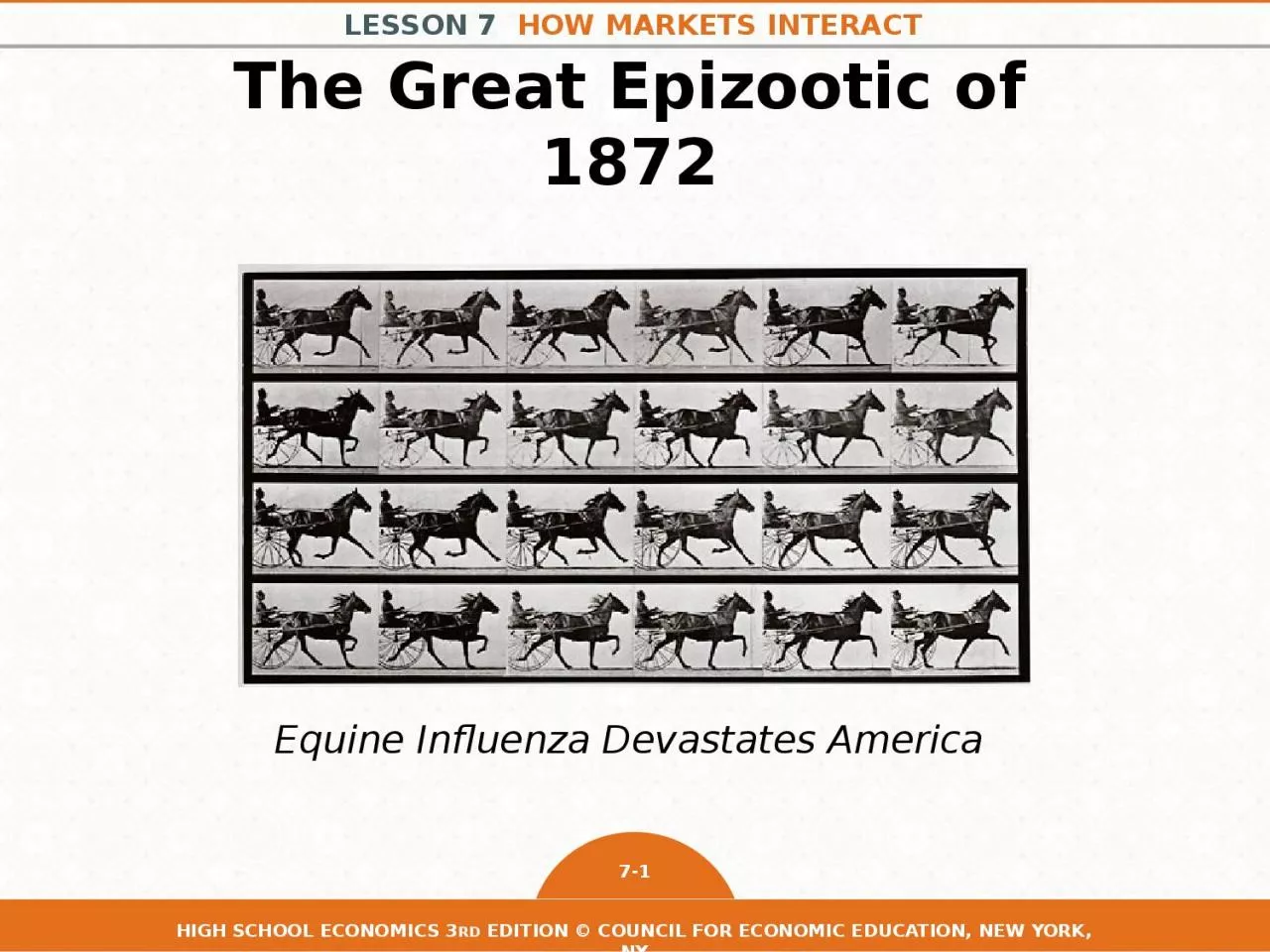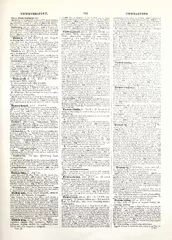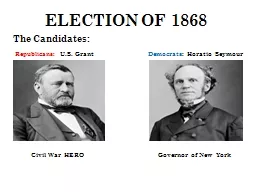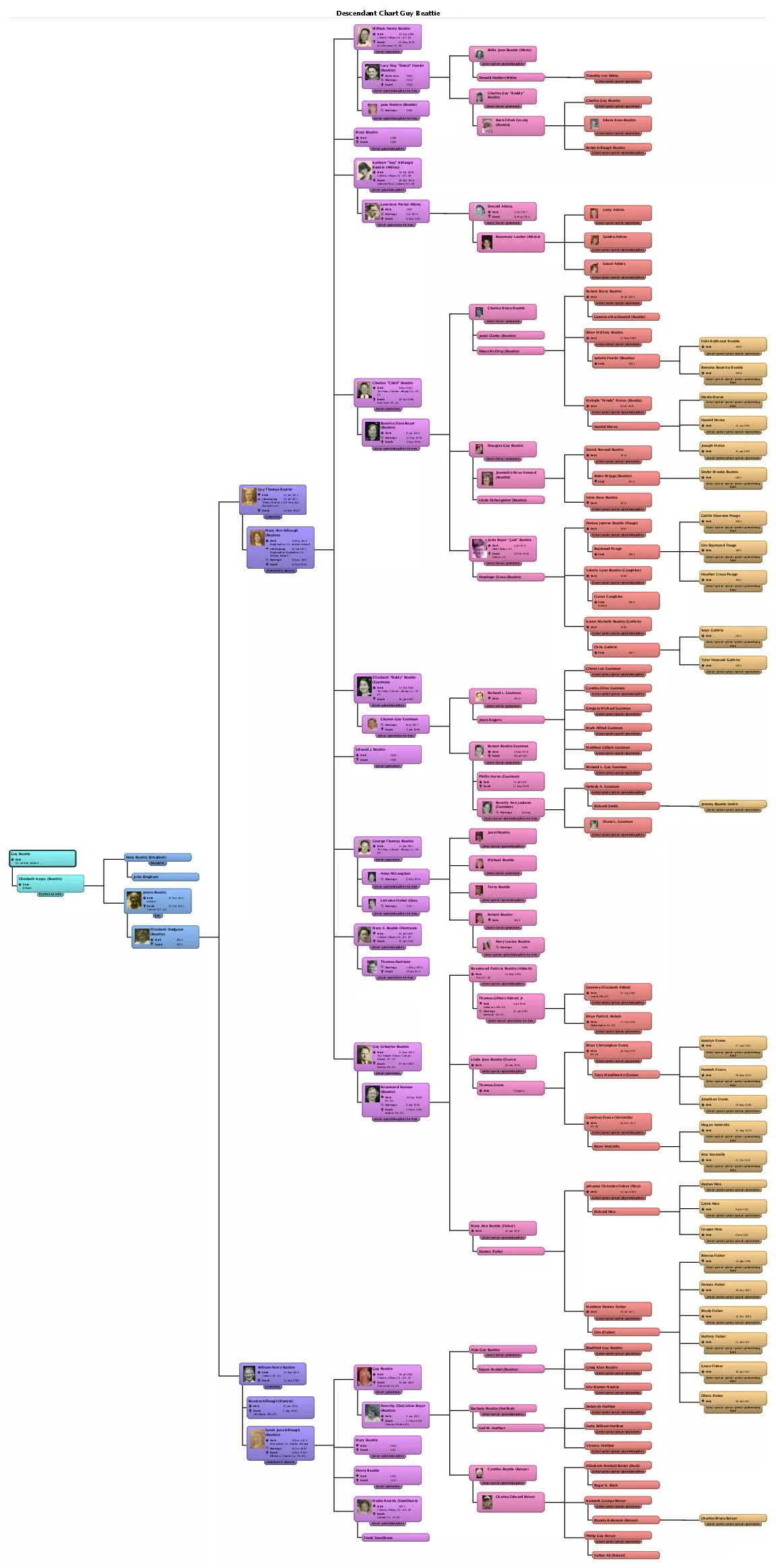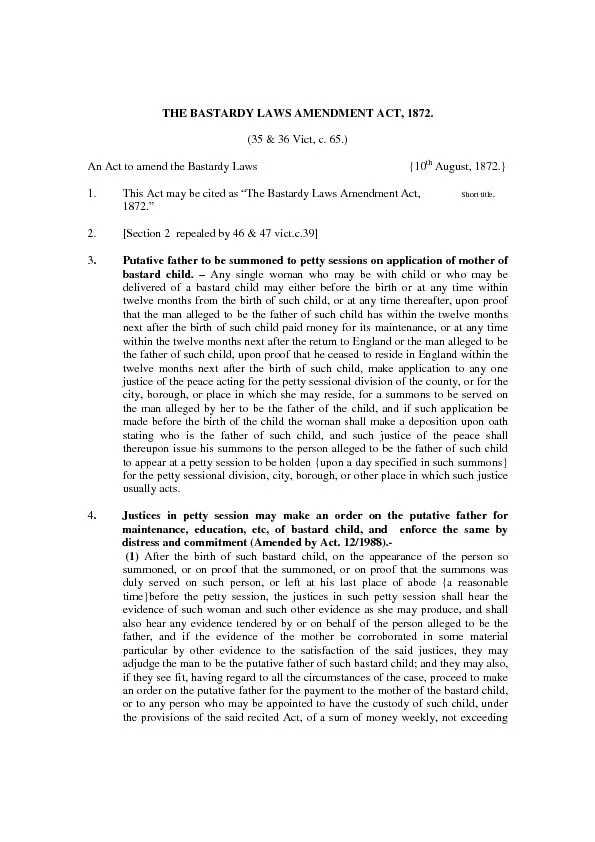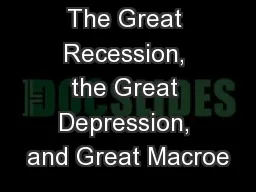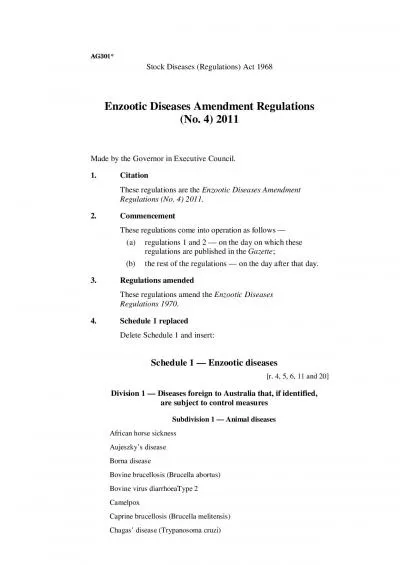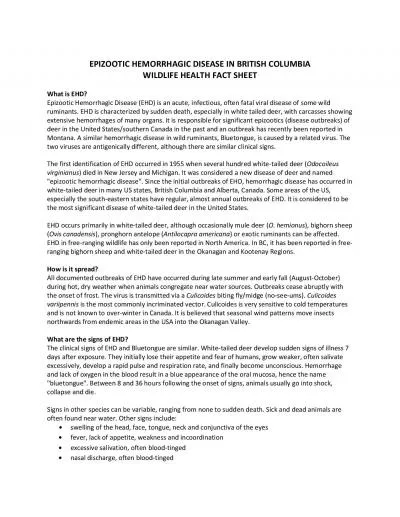PPT-The Great Epizootic of 1872
Author : brooke | Published Date : 2022-06-11
Equine Influenza Devastates America America Comes to a Halt We see these forms of transportation every day and seldom stop to think of the integral role they play
Presentation Embed Code
Download Presentation
Download Presentation The PPT/PDF document "The Great Epizootic of 1872" is the property of its rightful owner. Permission is granted to download and print the materials on this website for personal, non-commercial use only, and to display it on your personal computer provided you do not modify the materials and that you retain all copyright notices contained in the materials. By downloading content from our website, you accept the terms of this agreement.
The Great Epizootic of 1872: Transcript
Download Rules Of Document
"The Great Epizootic of 1872"The content belongs to its owner. You may download and print it for personal use, without modification, and keep all copyright notices. By downloading, you agree to these terms.
Related Documents

